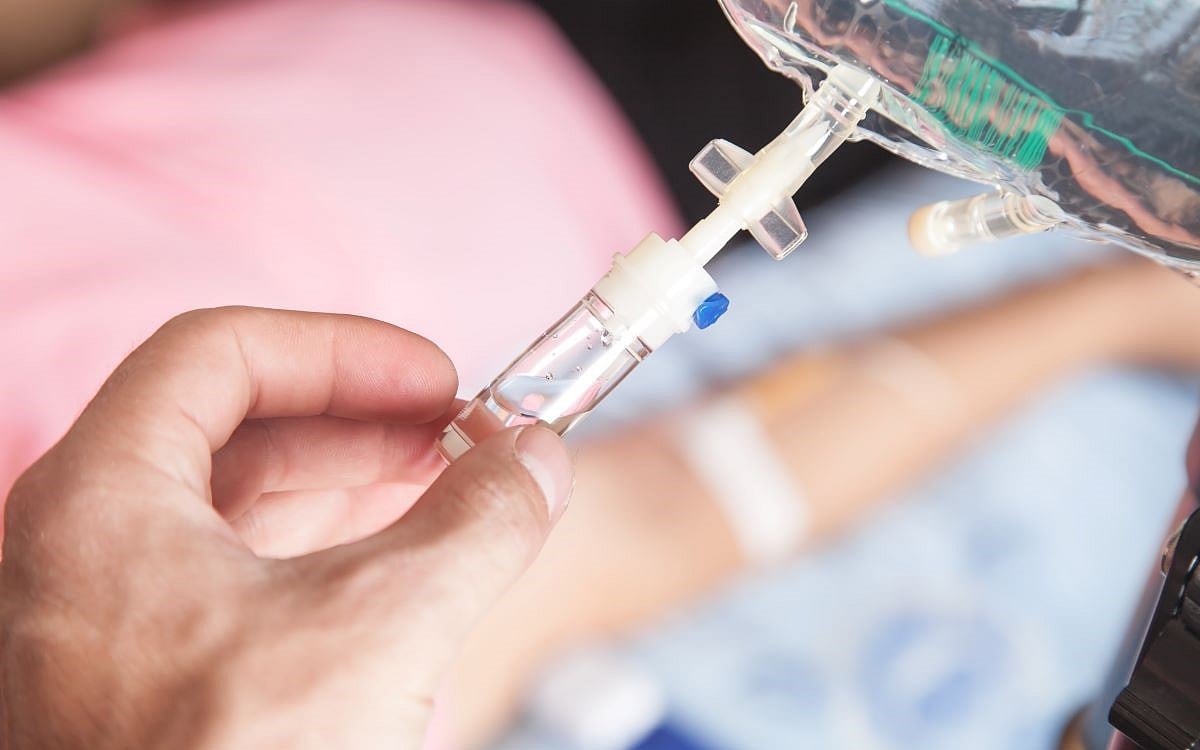Findings seen in patients with posterior circulation stroke and with no planned thrombectomy who received alteplase 4.5 to 24 hours after stroke onset
By Elana Gotkine HealthDay Reporter
FRIDAY, April 4, 2025 (HealthDay News) — For patients with mainly mild posterior circulation ischemic stroke who do not receive thrombectomy, alteplase administered at 4.5 to 24 hours after onset results in higher frequency of functional independence at 90 days compared with standard medical care, according to a study published in the April 3 issue of the New England Journal of Medicine.
Shenqiang Yan, M.D., from the Second Affiliated Hospital of Zhejiang University in Hangzhou, China, and colleagues randomly assigned patients with posterior circulation ischemic stroke, without extensive early hypodensity on computed tomography and with no planned thrombectomy, to alteplase (0.9 mg/kg body weight; maximum dose, 90 mg) or standard medical treatment 4.5 to 24 hours after symptom onset (117 patients in each group). The primary outcome was functional independence (defined as a score of 0 to 2 on the modified Rankin scale; scores range from 0 to 6, with higher scores indicating greater disability) at 90 days.
The researchers found that the percentage of patients with functional independence at 90 days was higher in the alteplase group versus the standard treatment group (89.6 versus 72.6 percent; adjusted risk ratio, 1.16). The incidence of symptomatic intracranial hemorrhage within 36 hours was 1.7 and 0.9 percent in the alteplase and standard treatment groups, respectively. At 90 days, 5.2 and 8.5 percent of patients in the alteplase and standard treatment groups, respectively, had died.
“These results support the use of alteplase in this extended time window if endovascular thrombectomy is not available,” the authors write.
Copyright © 2025 HealthDay. All rights reserved.








